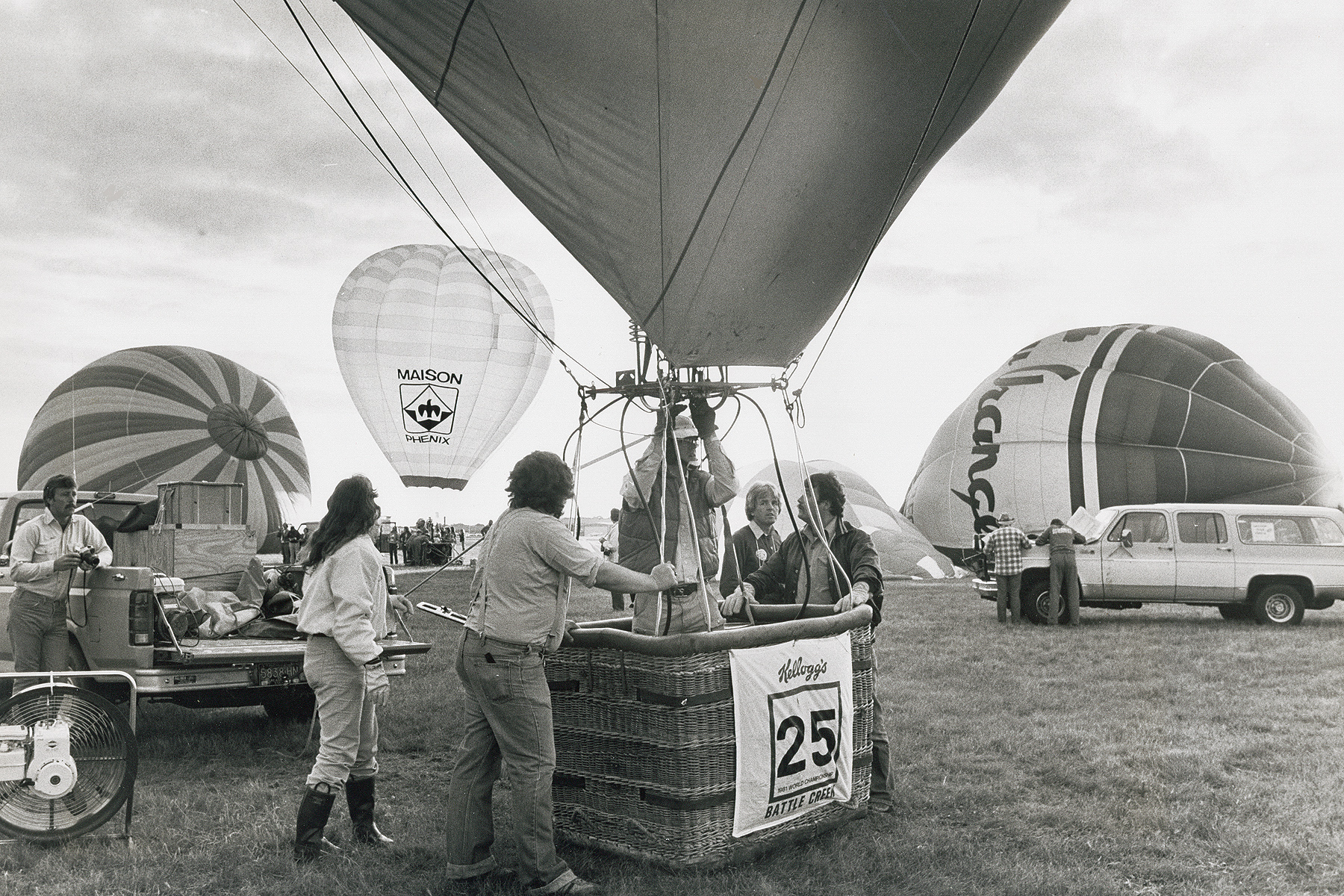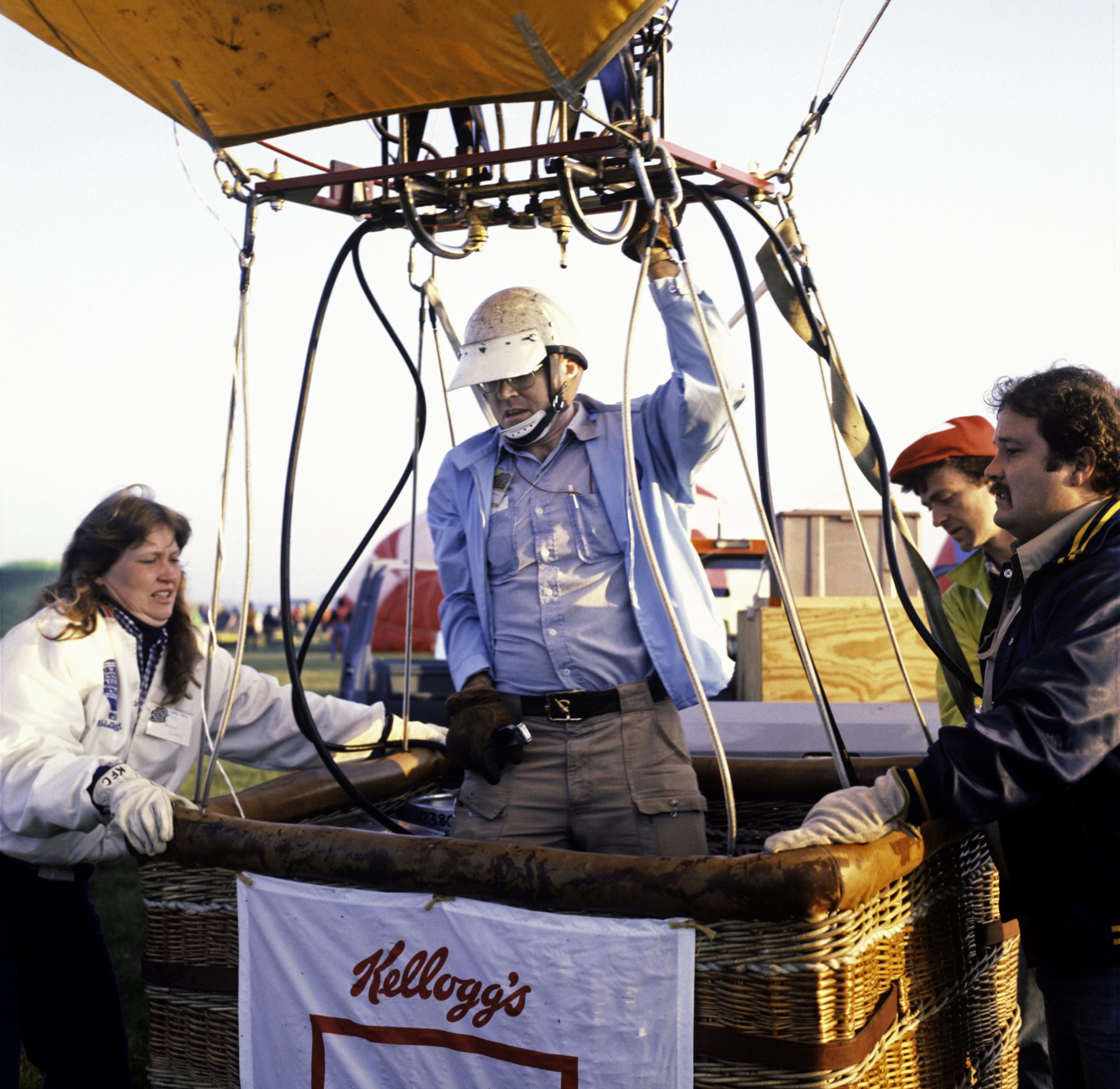A helium balloon, as big as a football field, was launched towards the stratosphere above Antarctica on 19th January 2016. It carries instruments to study the extremely high-energy particles released by solar flares—information that will help scientists pinpoint the processes that set off these explosive events. The giant balloon will ride the winds around the South Pole for at least two weeks while observing gamma rays from the sun.

Solar flares are created by an explosive realignment of magnetic fields, known generally as magnetic reconnection. When magnetic fields change suddenly strong electric fields are generated that produce a large force on charged particles. In the ionized gas of the sun’s atmosphere, this process sends electrons and ions flying at speeds approaching the speed of light, causing them to release high-energy gamma rays.

“GRIPS sees this emission three times more sharply than any previous instrument,” said Albert Shih, project scientist for the GRIPS mission at NASA’s Goddard Space Flight Center in Greenbelt, Maryland. “We’ll be able to pinpoint more precisely the times and locations that produce gamma rays.”
Antarctic summer is the ideal time for scientific balloon launches, because of the relatively calm skies and — for several weeks — 24/7 sunlight, which provides power and uninterrupted data collection for solar-focused instruments like GRIPS.
The GRIPS team began arriving at McMurdo station in Antarctica in late October 2015. Throughout November, December and early January, the team assembled and tested GRIPS as they waited for the right conditions to launch their balloon. The GRIPS team hopes their balloon will fly for anywhere from 14 to 55 days, carried around the continent by a circular wind pattern that develops over Antarctica each summer.
Scientific balloons are a low-cost way to access Earth’s upper atmosphere up to the edge of space, allowing scientists to make measurements that are impossible from the ground.
GRIPS is led by the University of California at Berkeley by Principal Investigator Pascal Saint-Hilaire. Orbital ATK provides program management, mission planning, engineering services and field operations for NASA’s scientific balloon program. The program is executed from NASA’s Columbia Scientific Balloon Facility in Palestine, Texas. The Columbia team has launched more than 1,700 scientific balloons in over 35 years of operation.
Adapted in part by Sitara Maruf
Source: NASA, 19 January 2016; Editor: Rob Garner






7 Responses
Hello,I read your new stuff named “Giant Balloon Soars into the Stratosphere to Study Sun | The Balloon Journal” on a regular basis.Your writing style is witty, keep up the good work!
Hi there,I read your blogs named “Giant Balloon Soars into the Stratosphere to Study Sun | The Balloon Journal” daily.Your story-telling style is awesome, keep it up!
This is one awesome blog.Much thanks again. Much obliged.
Thanks again for the blog article.Really looking forward to read more. Great.
Really enjoyed this blog post. Really Great.
I really enjoy the blog post.Thanks Again.
I appreciate you sharing this blog.Really thank you! Fantastic.